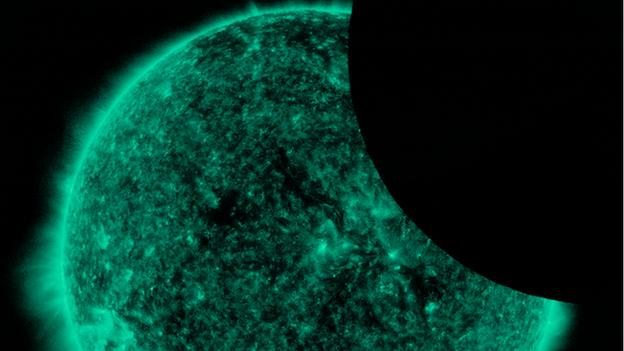International Observe the Moon Night: Fun facts about the Moon
- Published
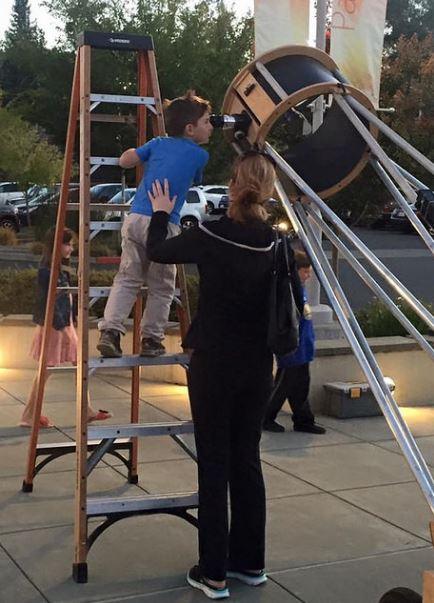
The event is called International Observe the Moon Night. People all over the globe will be taking part from many locations, including museums, schools, universities, observatories, parks and their own gardens. Here is one boy taking part last year from the Space Station Museum in California in the US.
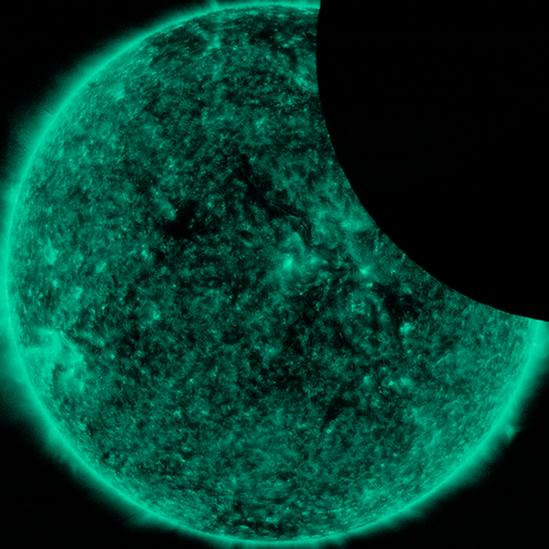
The Moon - the fifth largest moon in the solar system - is constantly amazing us back on Earth. Only recently, on 19 October, the Solar Dynamics Observatory captured this picture of the Moon cheekily photobombing the Sun! The picture is green because the Sun is so bright that the scientists had to put a special filter on the image.

But why is it called 'THE Moon' when there are other moons in the solar system and it's not the only one? Well, it is simply called 'the moon' because people didn't know that other moons existed when it was discovered, up until Galileo Galilei discovered four moons orbiting Jupiter in 1610. And the name had kind of stuck by then!
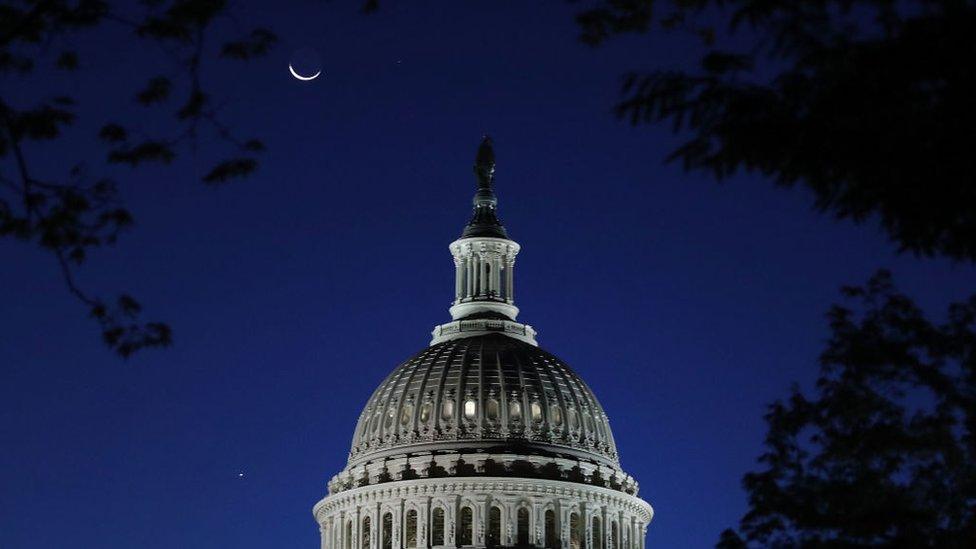
What else do we know about it? Well, scientists think it is around 4.47 billion years old and it was formed about 95 million years after the solar system came into being. It's thought the Moon was created when a huge piece of rock, which was about the size of the planet Mars, collided with the Earth, breaking off molten rock which then formed the Moon.
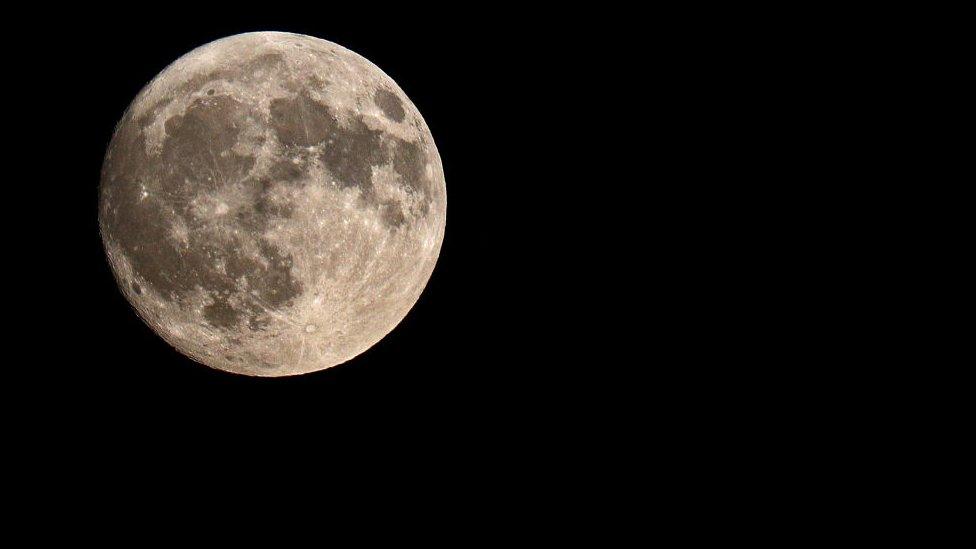
One thing that you might not know about the Moon is that it is actually considered to be a satellite, because it travels around the Earth. It is held in orbit just like all the man-made satellites which move around our planet and which we use for communications.

It is also responsible for the tides experienced by oceans and seas on our planet. That's because the gravitational pull of the Moon interacts with forces on Earth, and basically pulls the sea in different directions every single day.
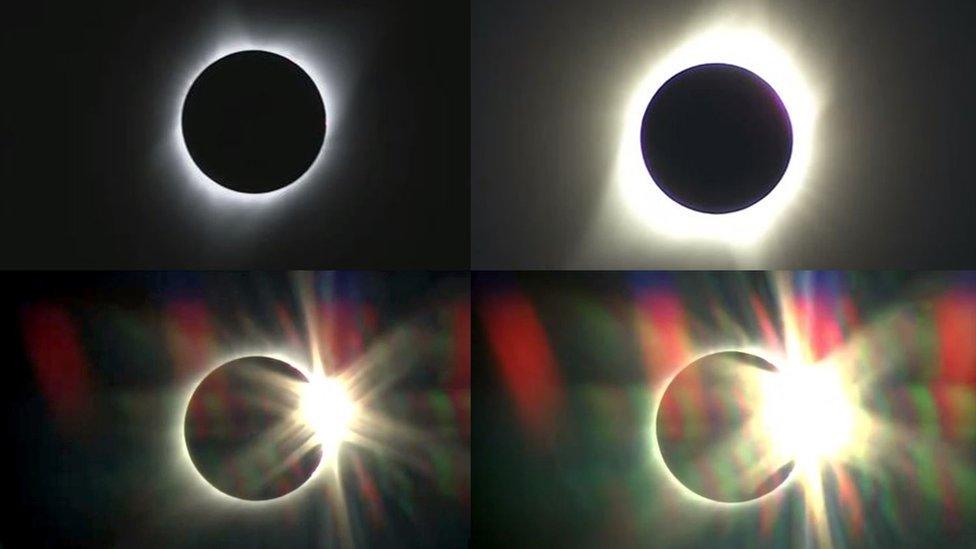
In August 2017, probably the most spectacular space sight that can be seen from the Earth happened. A total solar eclipse swept across America. As the Moon moved across the Sun and the Sun's light was able to finally peak through, it created this beautiful effect, which is known as the diamond ring. You can click on the link at the bottom of this page to read more about what happened during the solar eclipse.
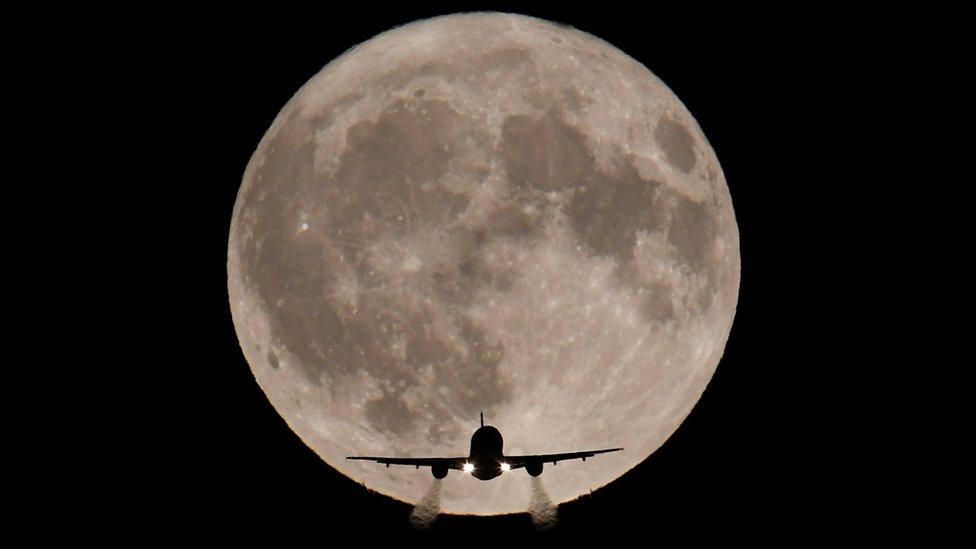
While we couldn't see the total solar eclipse in the UK, we were recently treated to a special phenomenon called a harvest moon. This is a special full moon nearest to the start of Autumn. They are called this because farmers and workers used to use the light of the Moon to help them harvest end-of-season crops. Harvest Moons are quite rare in October, so we were lucky to see one this year. Between 1970 and 2050, there will be only 18.
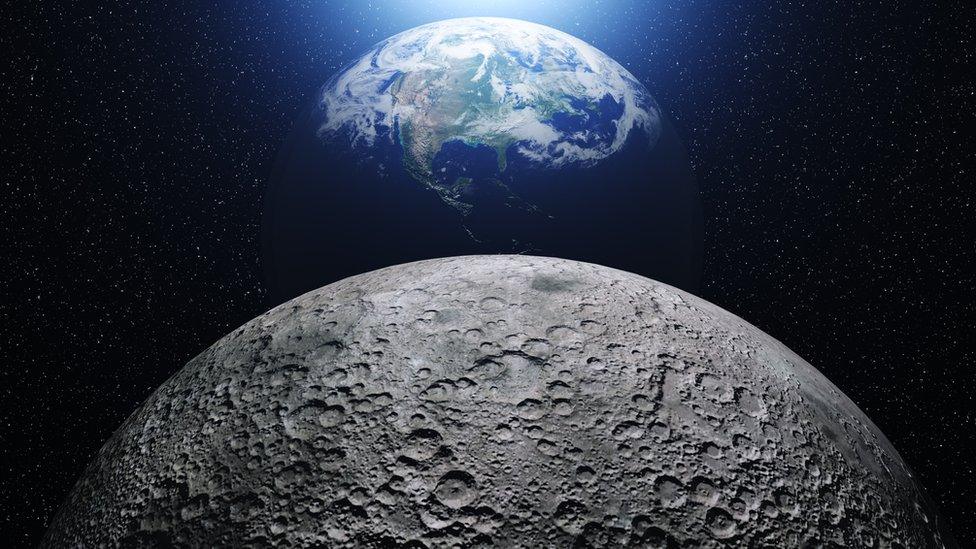
It is actually further away from Earth than a lot of people realise - about 238,855 miles away! That means if you were in a car driving at 40mph, it would take you 248 days to get there - if you didn't stop on the way AT ALL. You'd certainly get through quite a few films on the journey! Another thing that you may not know is that the Moon is actually ever so slowly moving away from Earth by about one inch each year.
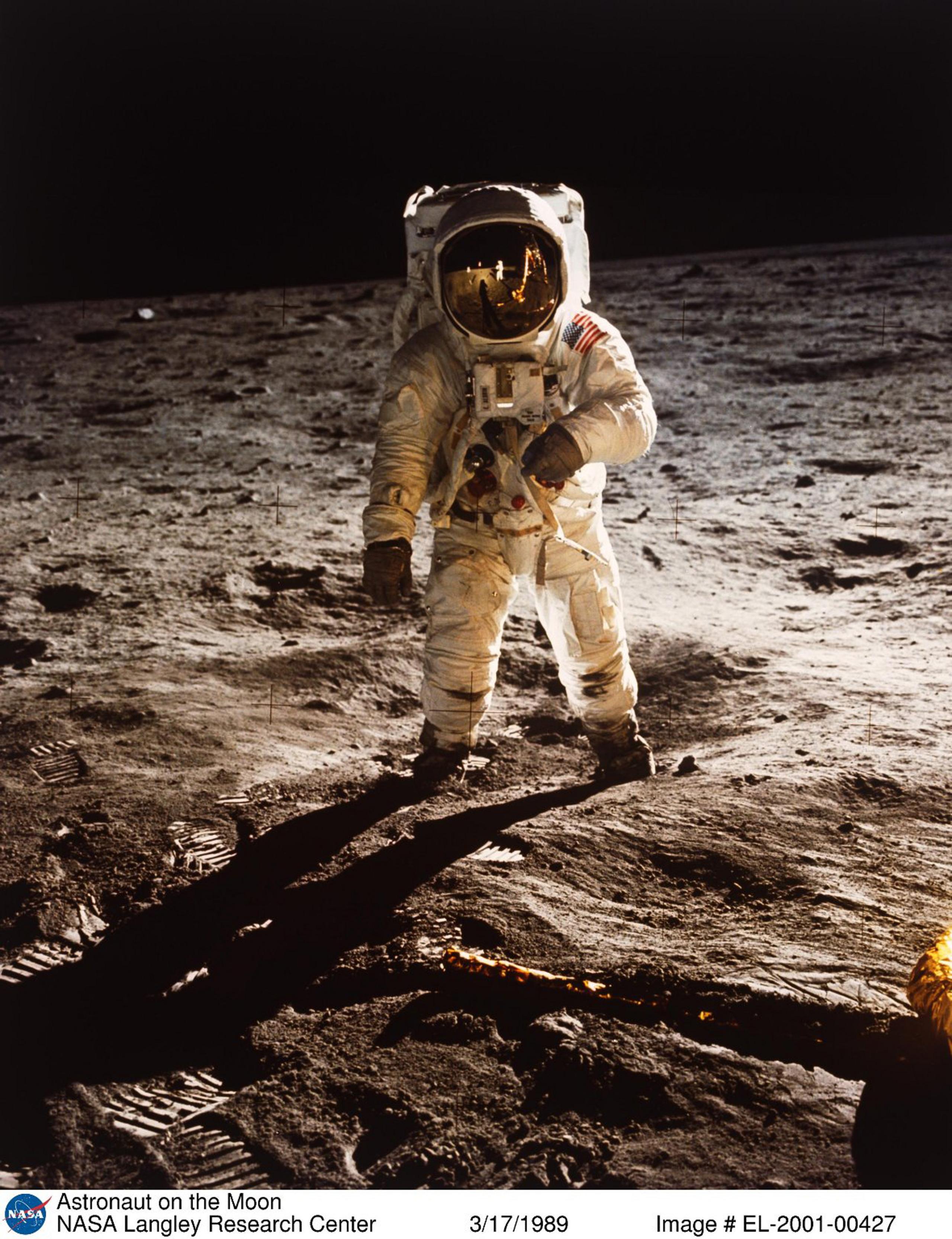
On 20 July 1969, humans walked on the surface of the Moon for the very first time. While we have learnt so much more about our Moon since then, events like Saturday night hope to encourage people to remain fascinated and keep learning more.
- Published22 August 2017
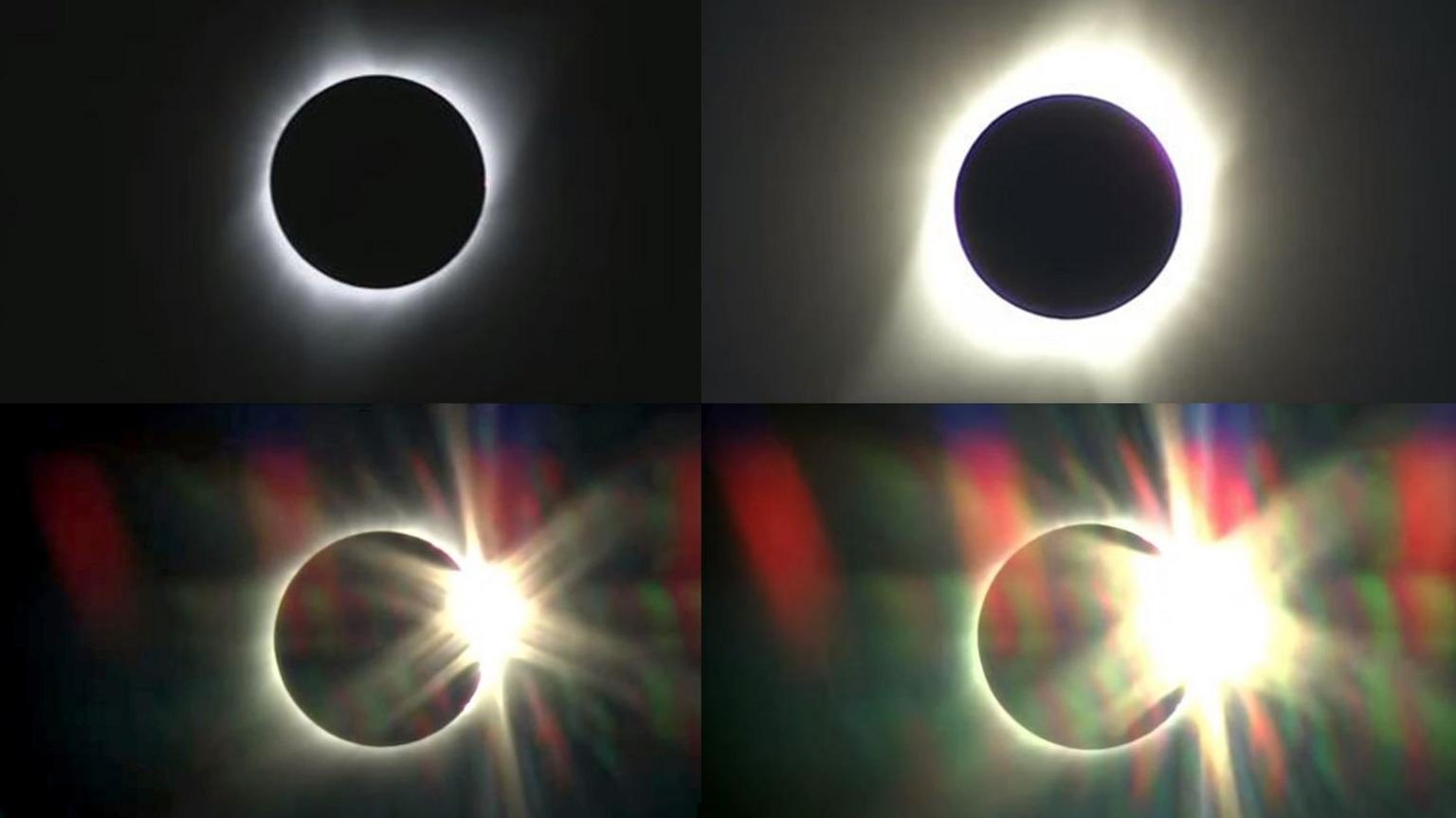
- Published25 October 2017
